- Newest
- Most viewed
Stay connected with us!
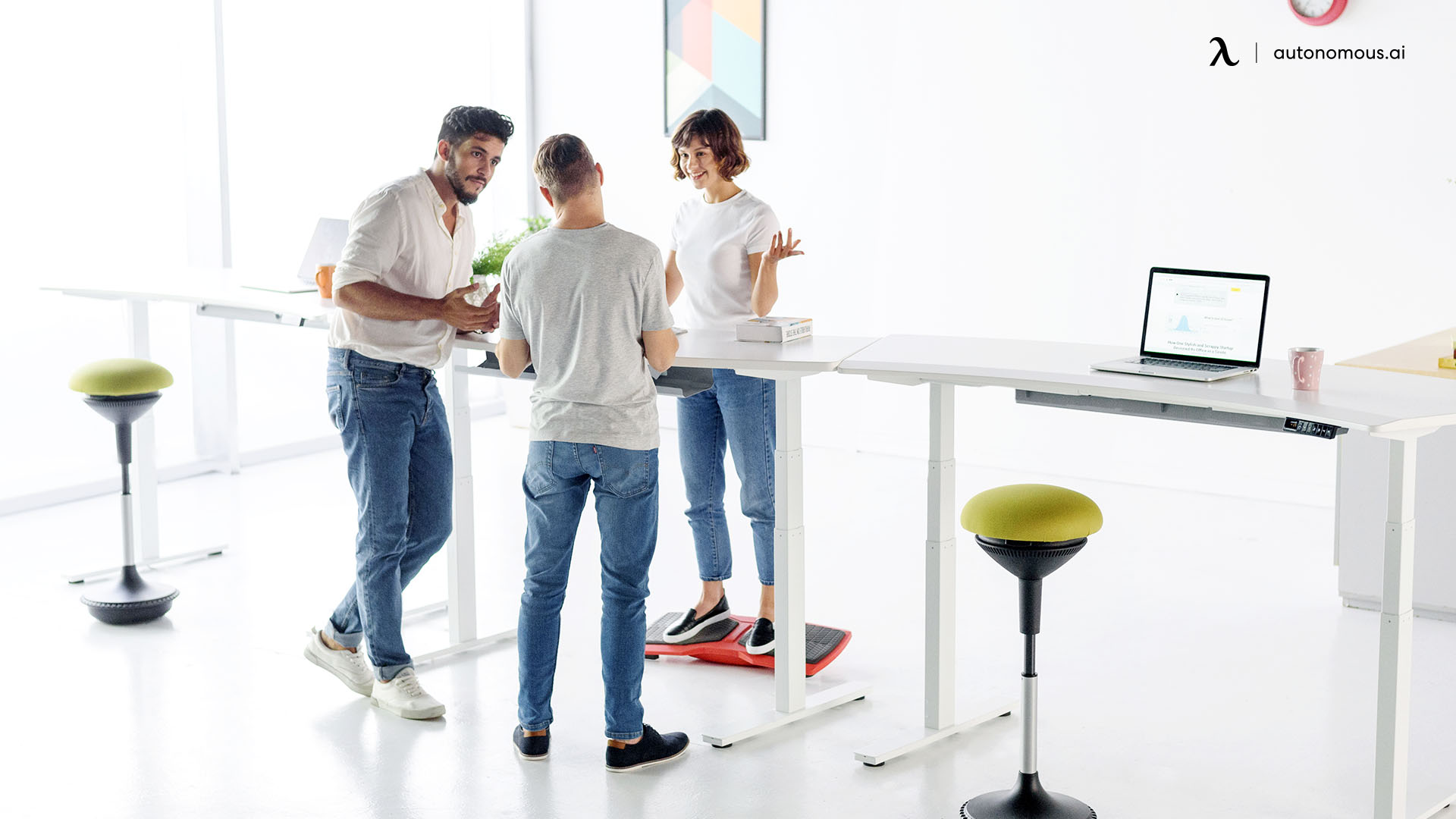
Best Coworking Spaces in Atlanta, GA
Explore the best Atlanta coworking spaces with flexible plans, top amenities, and vibrant communities for freelancers, entrepreneurs, and remote workers.
Remote Working | Feb 4, 2025 640 views
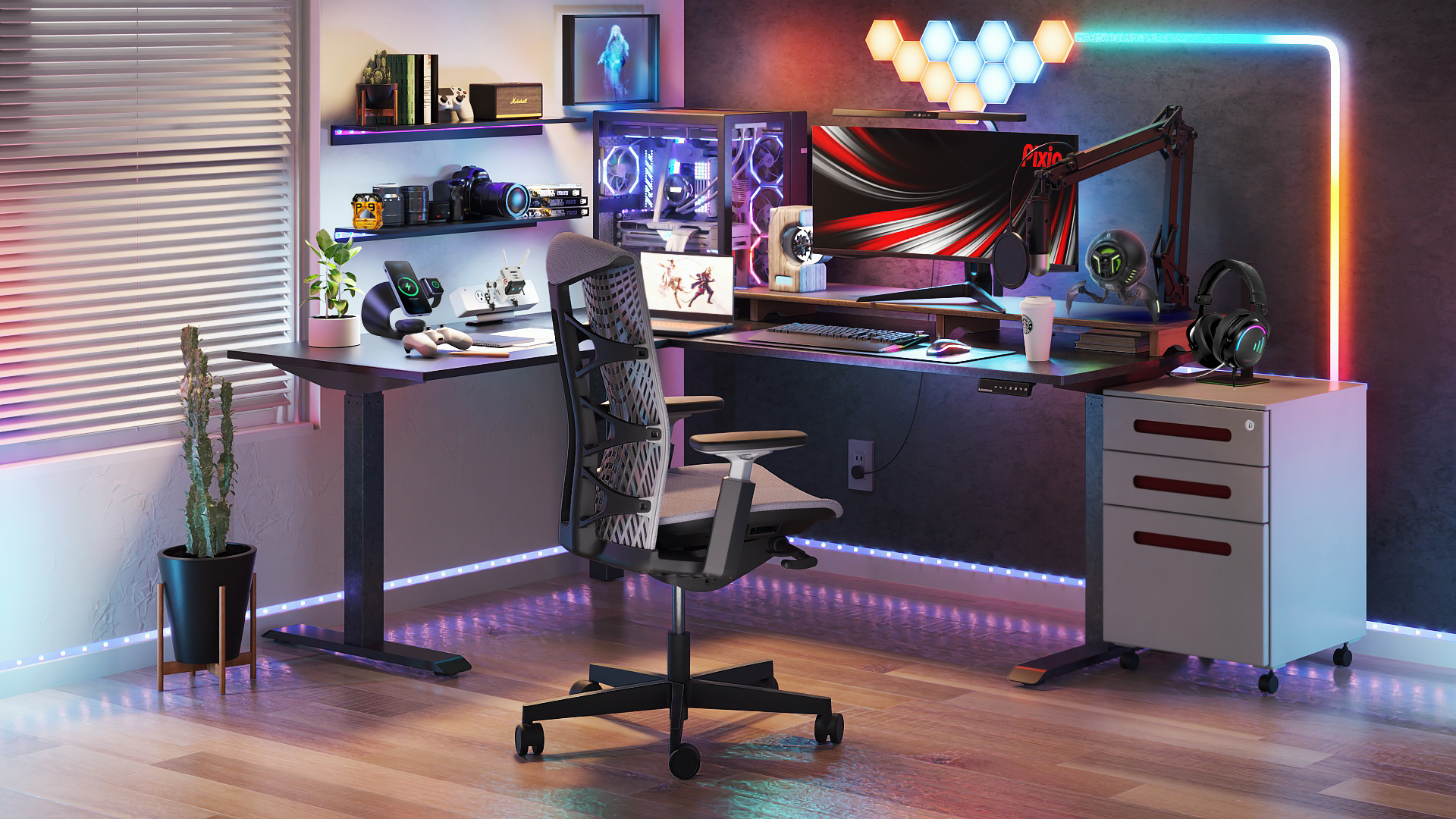
How to Build a PC for Music Production and Create a Productive Setup
Smart Products | Feb 3, 2025 803 views
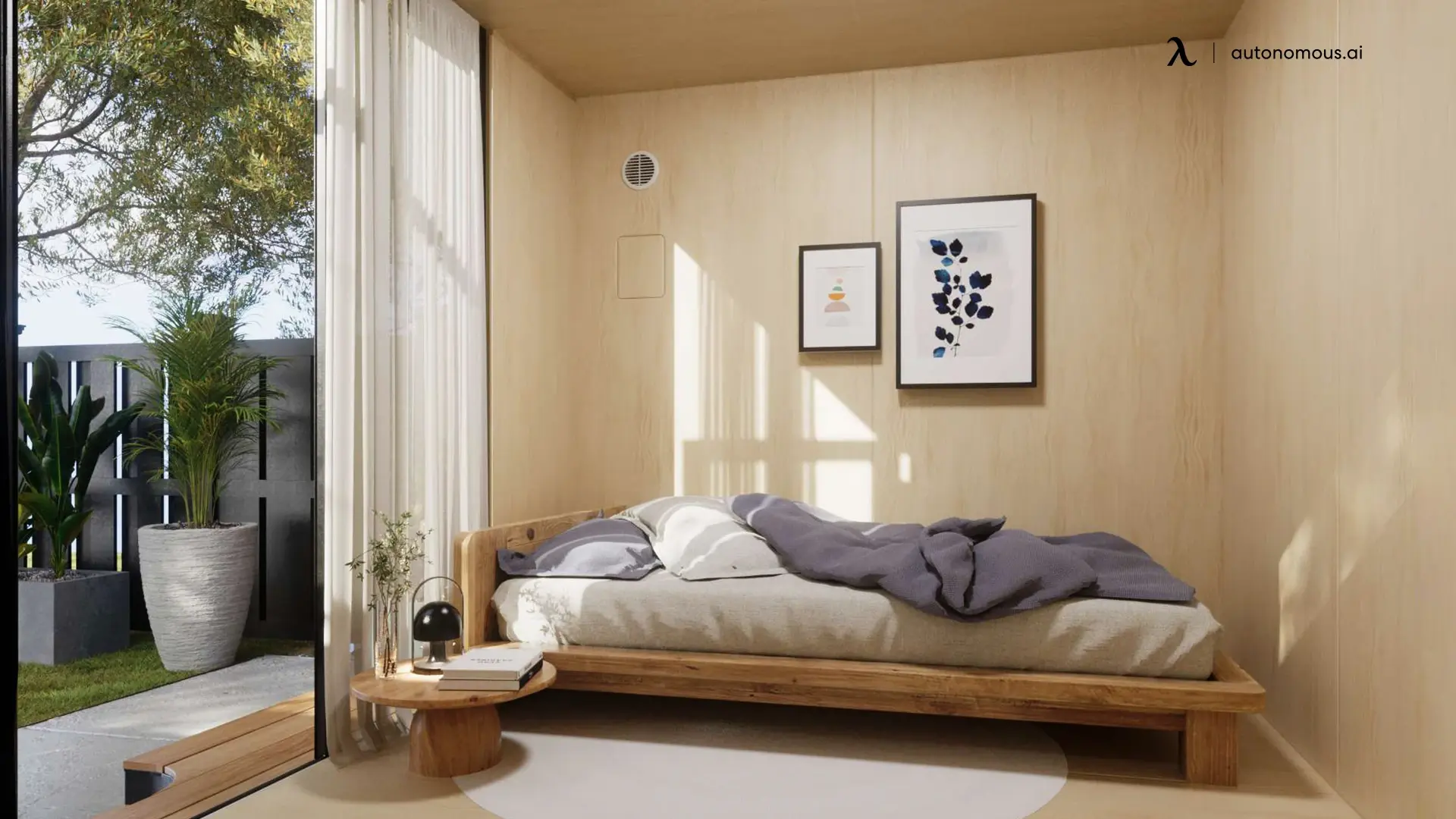
Stylish Prefab ADUs with Lofts for Compact Spaces
Workplace Inspiration | Jan 27, 2025 807 views
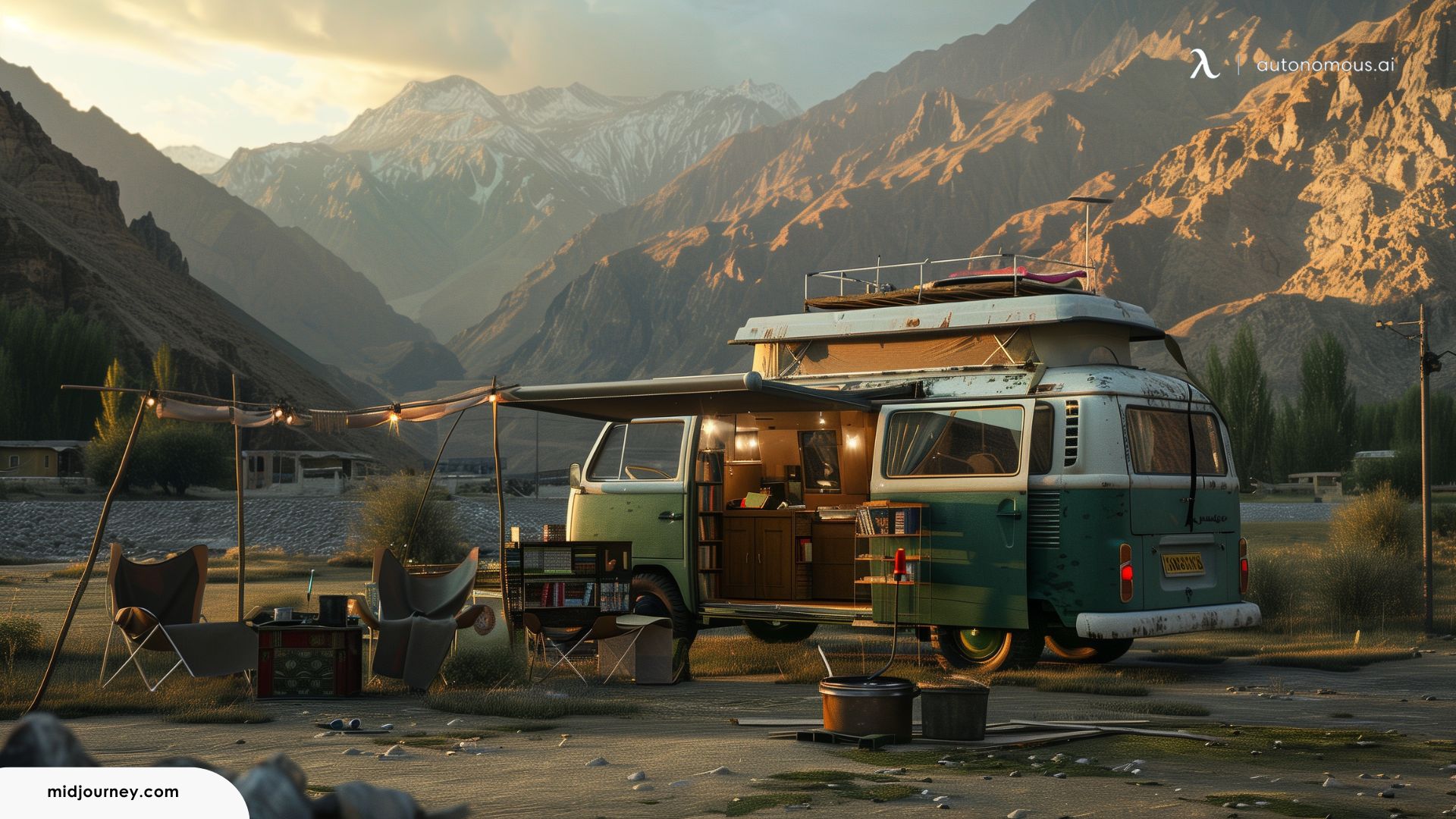
Best Free AI Art Generators with No Restrictions
Jan 23, 2025 977 views
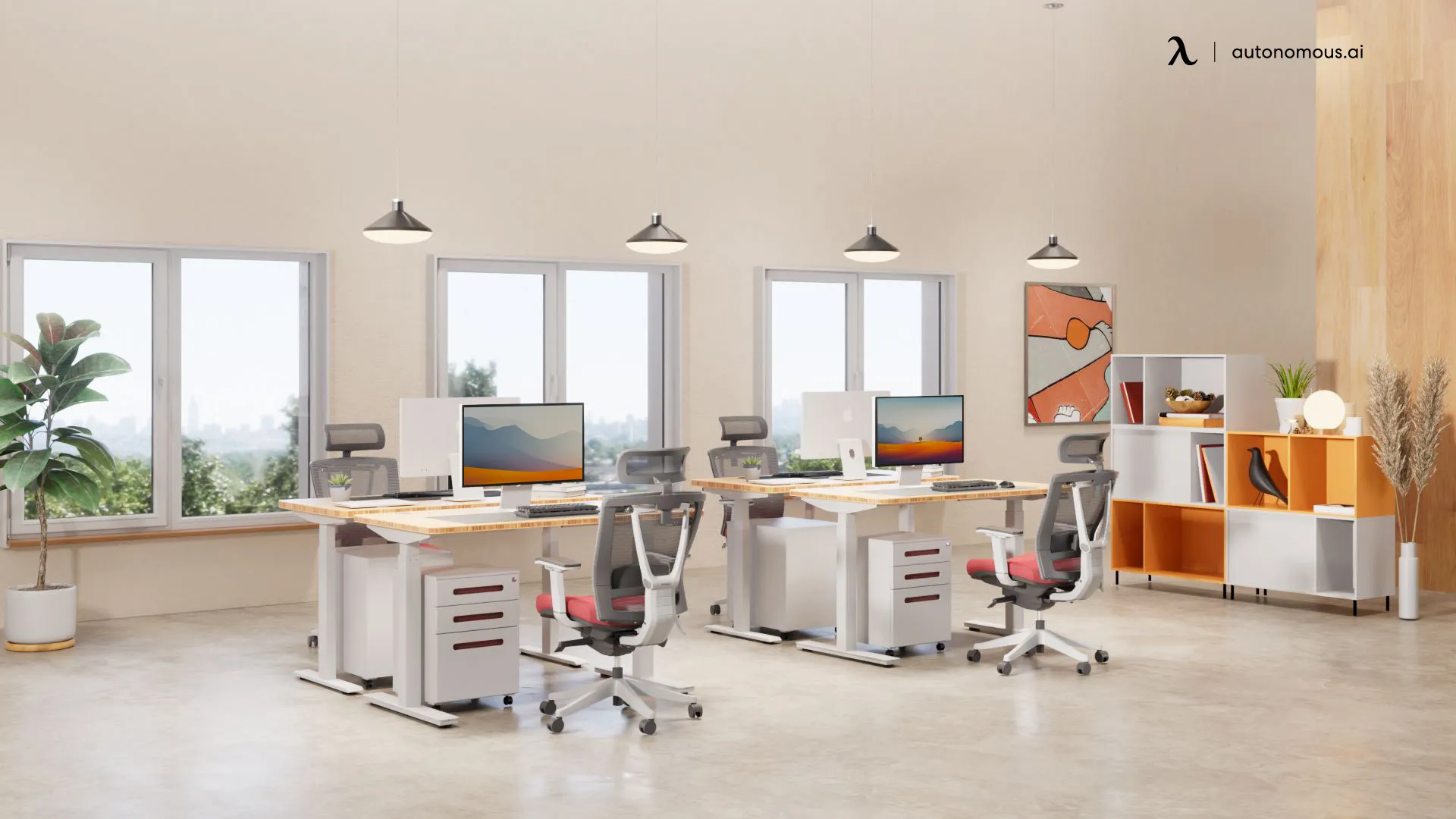
Best Office Cubicle Lights to Brighten Your Workspace
Workplace Inspiration | Jan 23, 2025 1,260 views
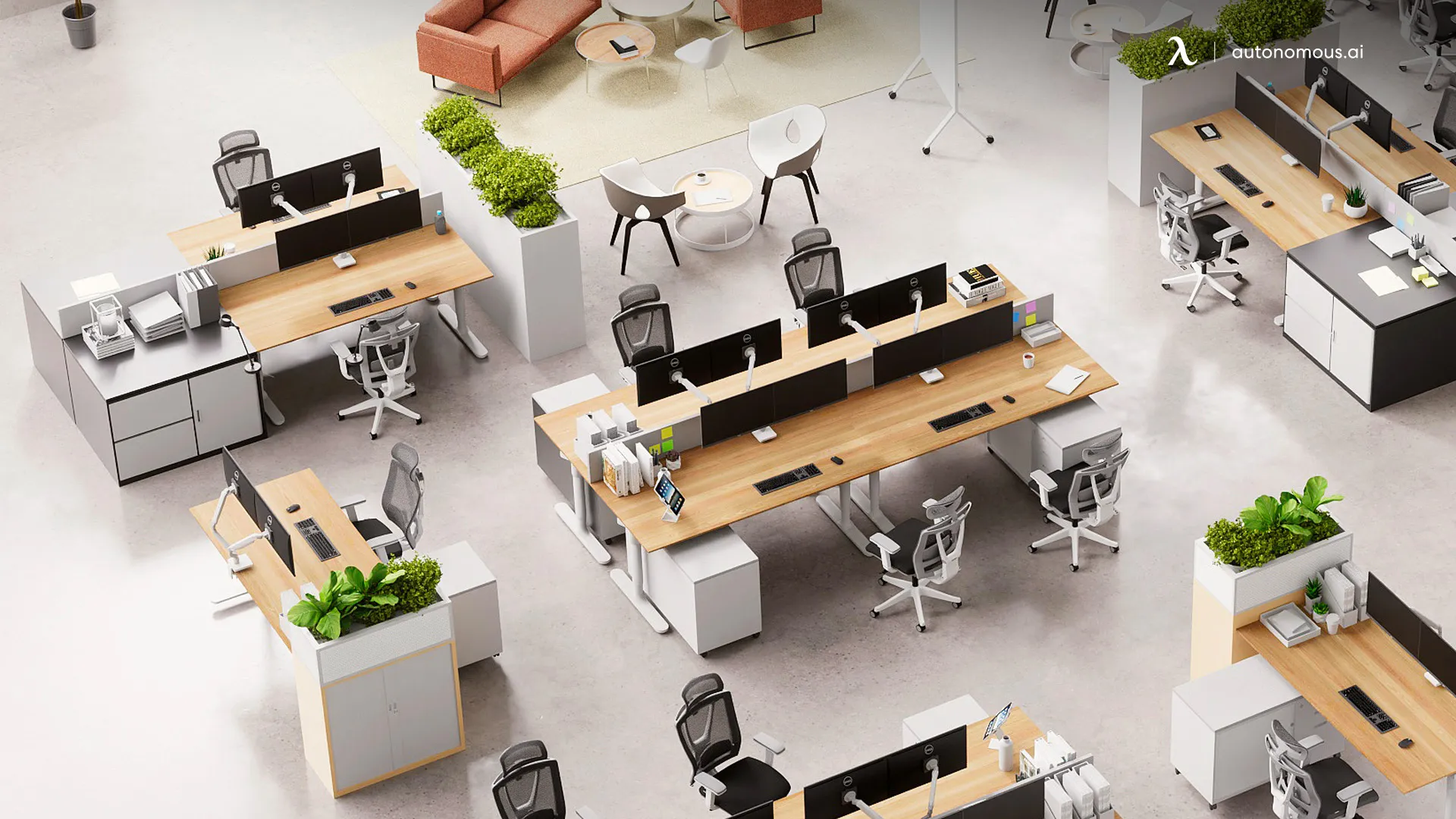
Office Cubicle Alternatives: Creative Solutions for Modern Workspaces
Workplace Inspiration | Jan 16, 2025 1,335 views
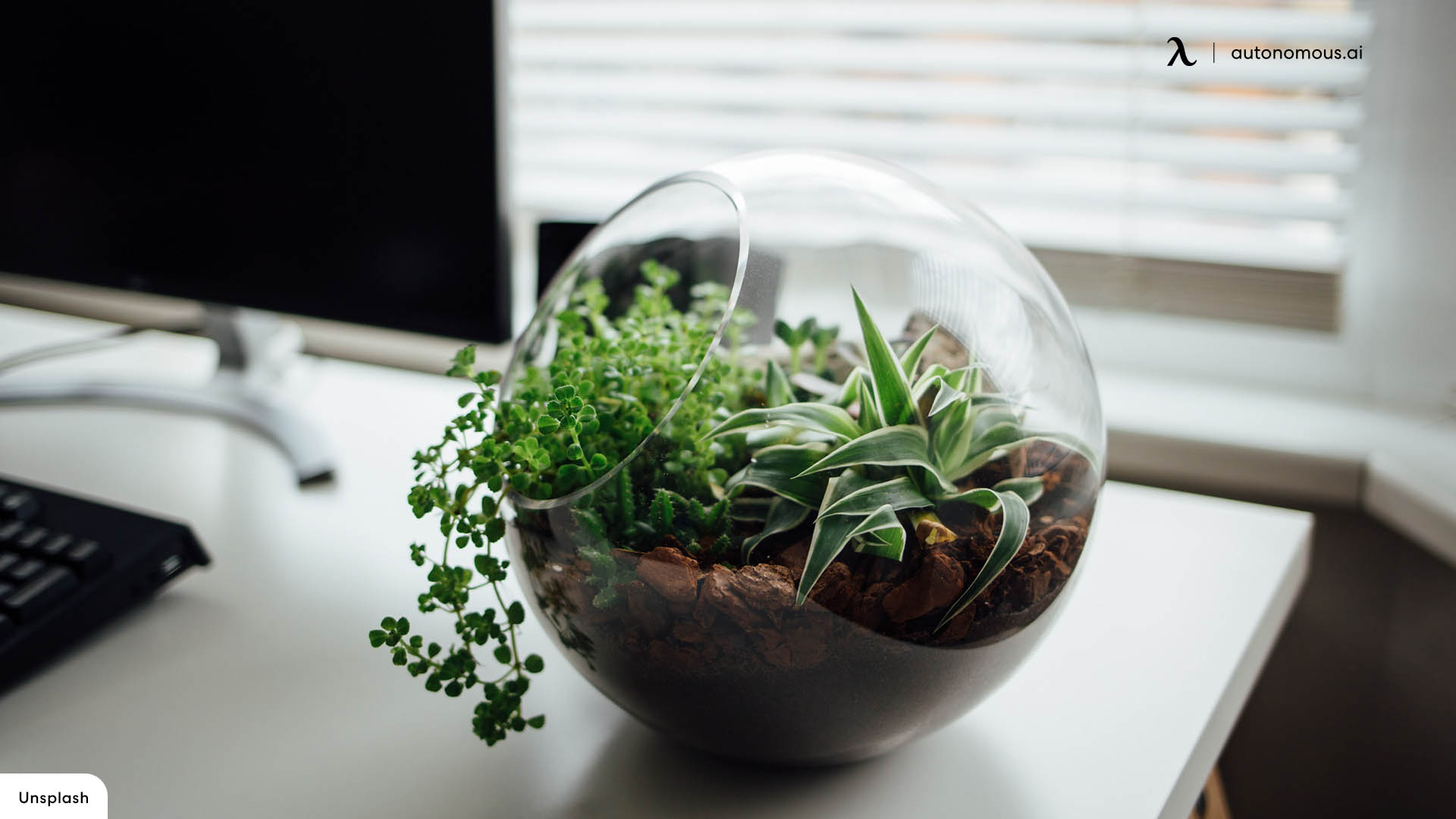
The Best Office Cubicle Plants to Brighten Your Workday
Workplace Inspiration | Jan 9, 2025 800 views
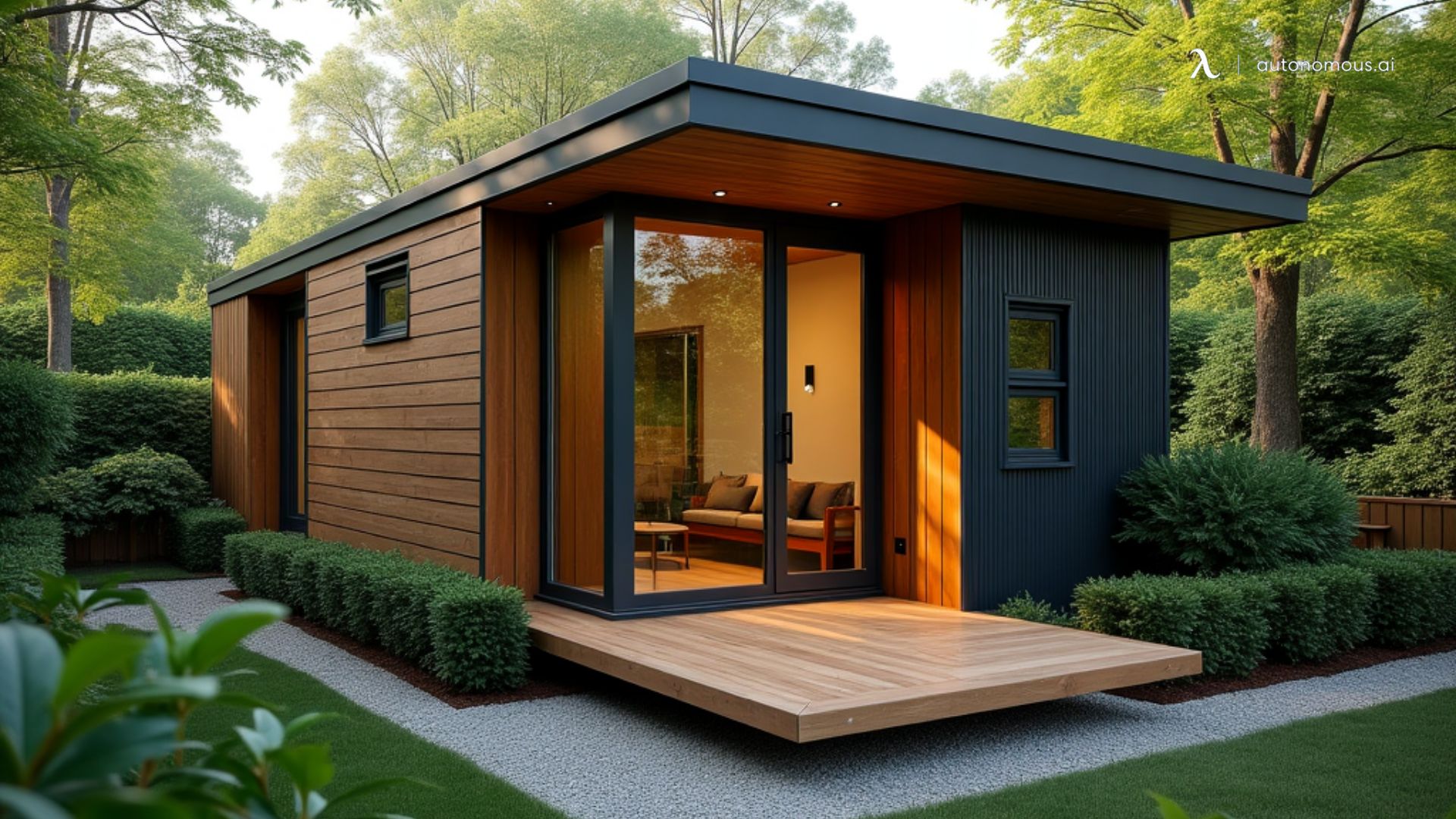
Navigating Regulations for Prefab ADUs in Northern California
Workplace Inspiration | Jan 7, 2025 1,314 views
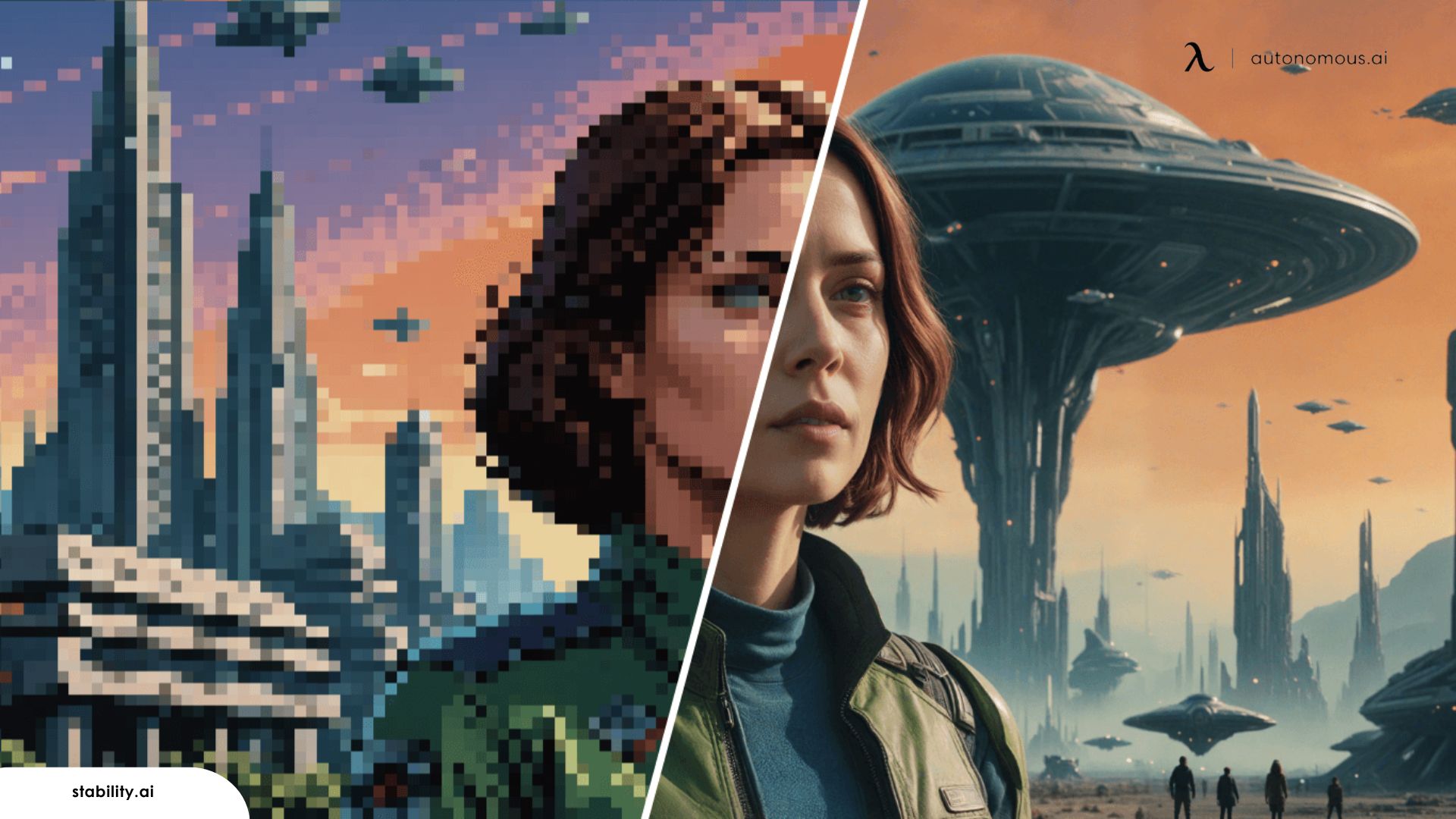
Flux vs. Stable Diffusion: Which is Better for Image Generation?
Latest Updates | Jan 8, 2025 1,994 views
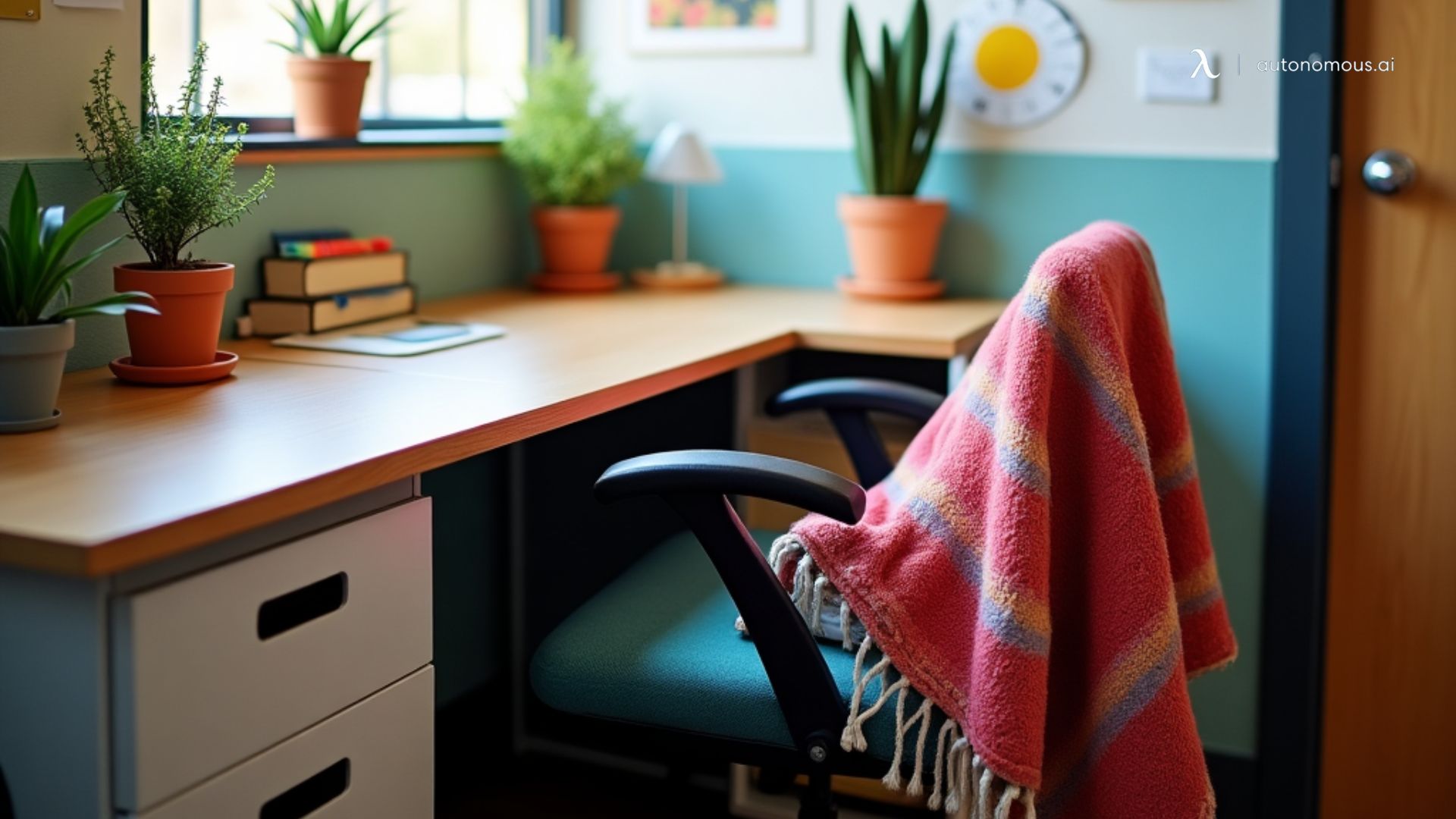
10 Cute Office Cubicle Decor Ideas to Boost Productivity
Workplace Inspiration | Jan 7, 2025 1,658 views
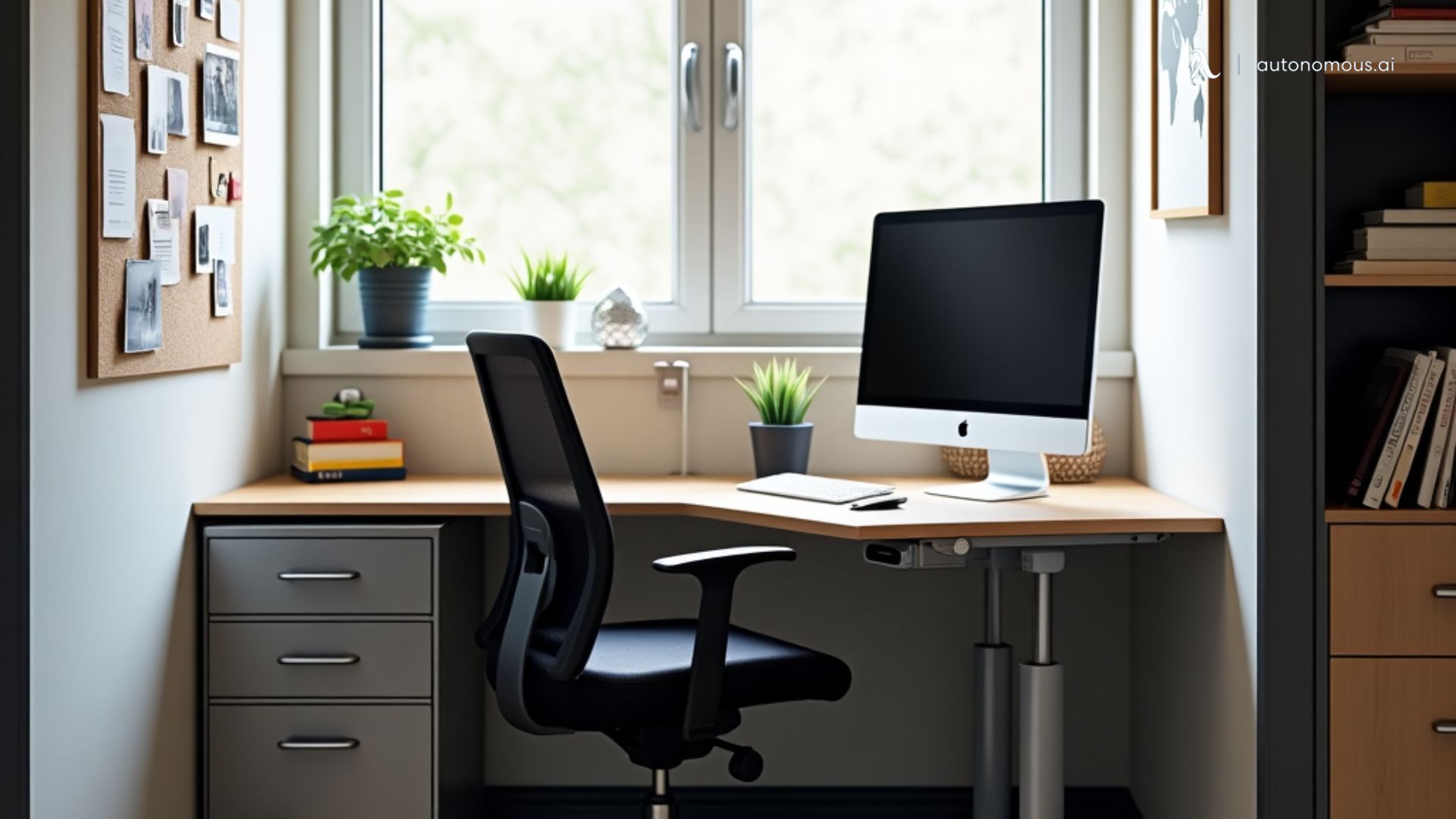
Making Your Cubicle with Standing Desk Work for YOU
Workplace Inspiration | Jan 7, 2025 1,186 views
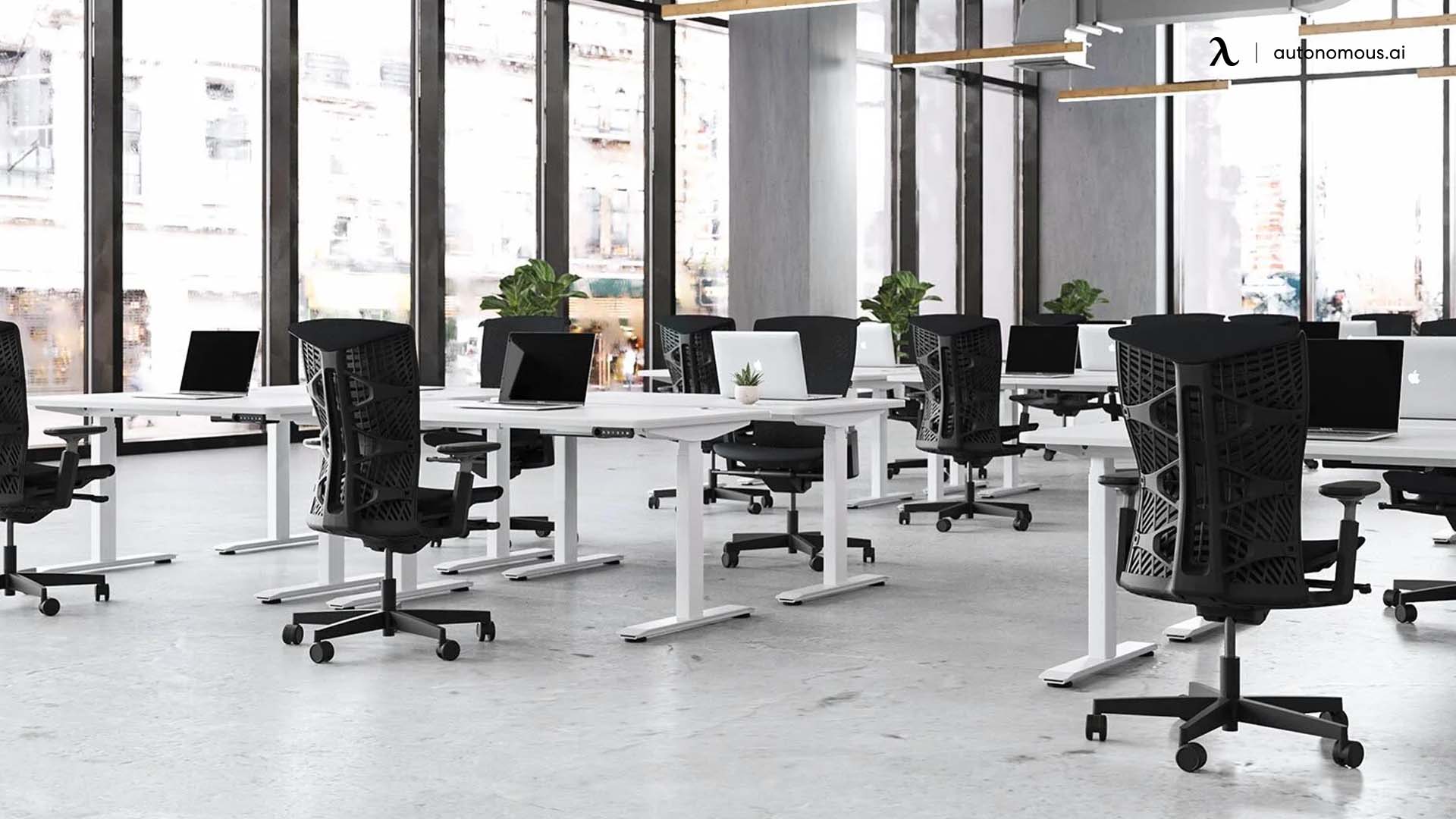
Best Coworking Spaces in San Francisco
Remote Working | Jan 9, 2025 816 views
